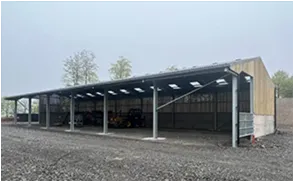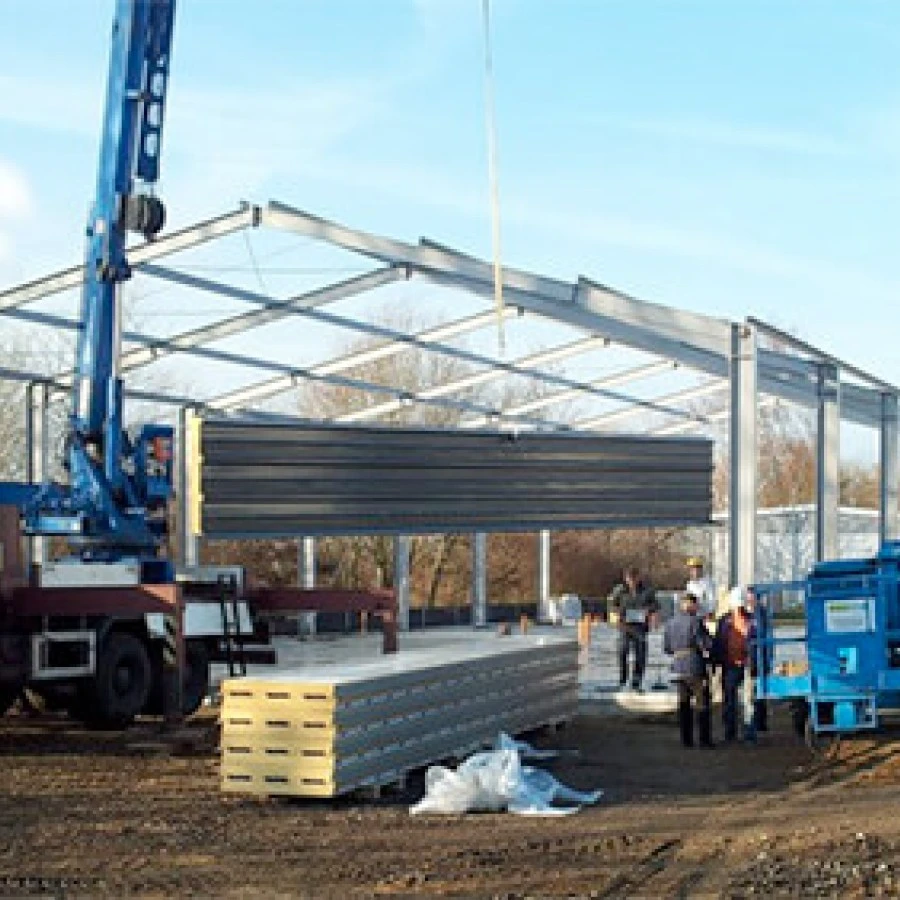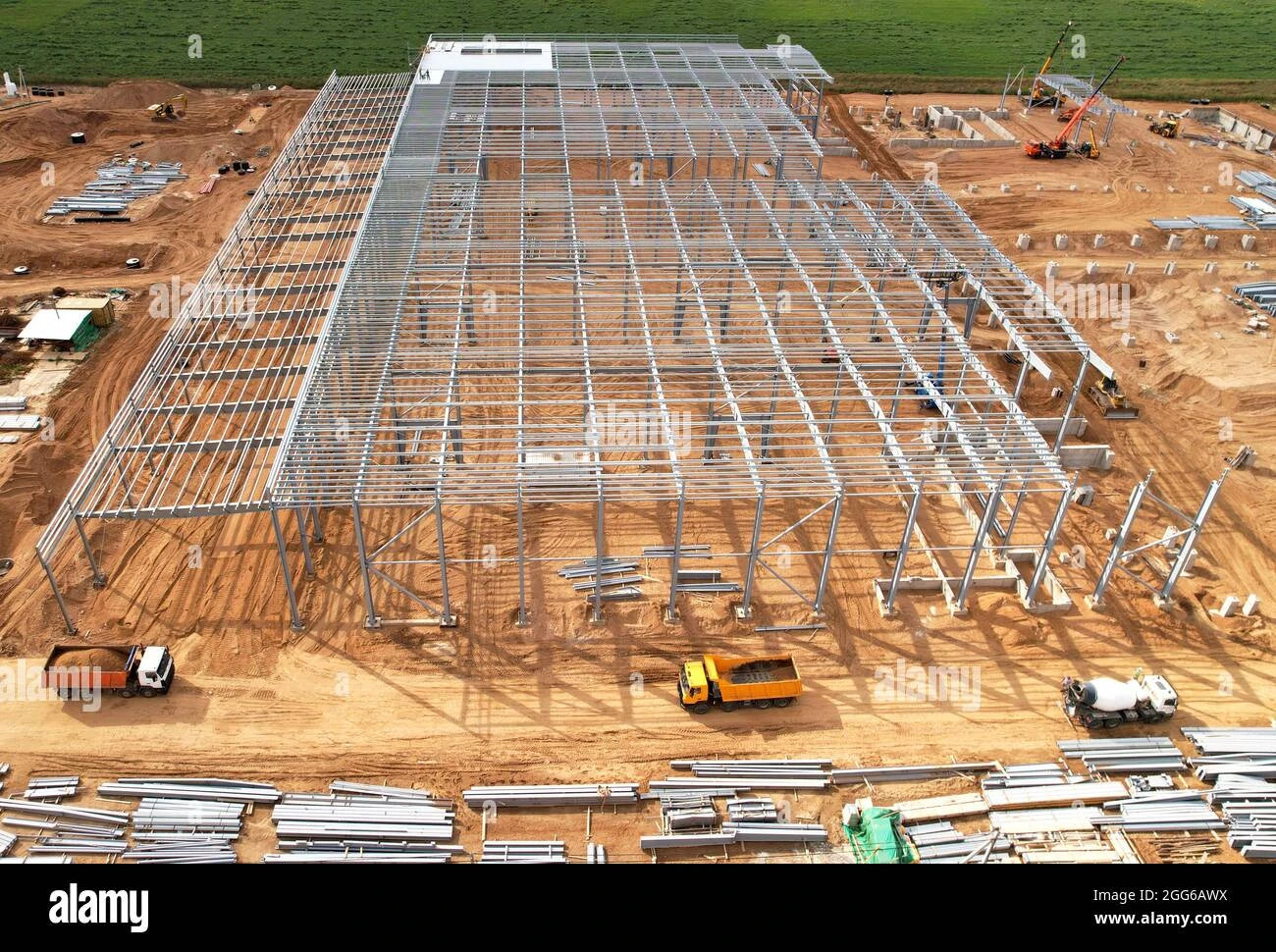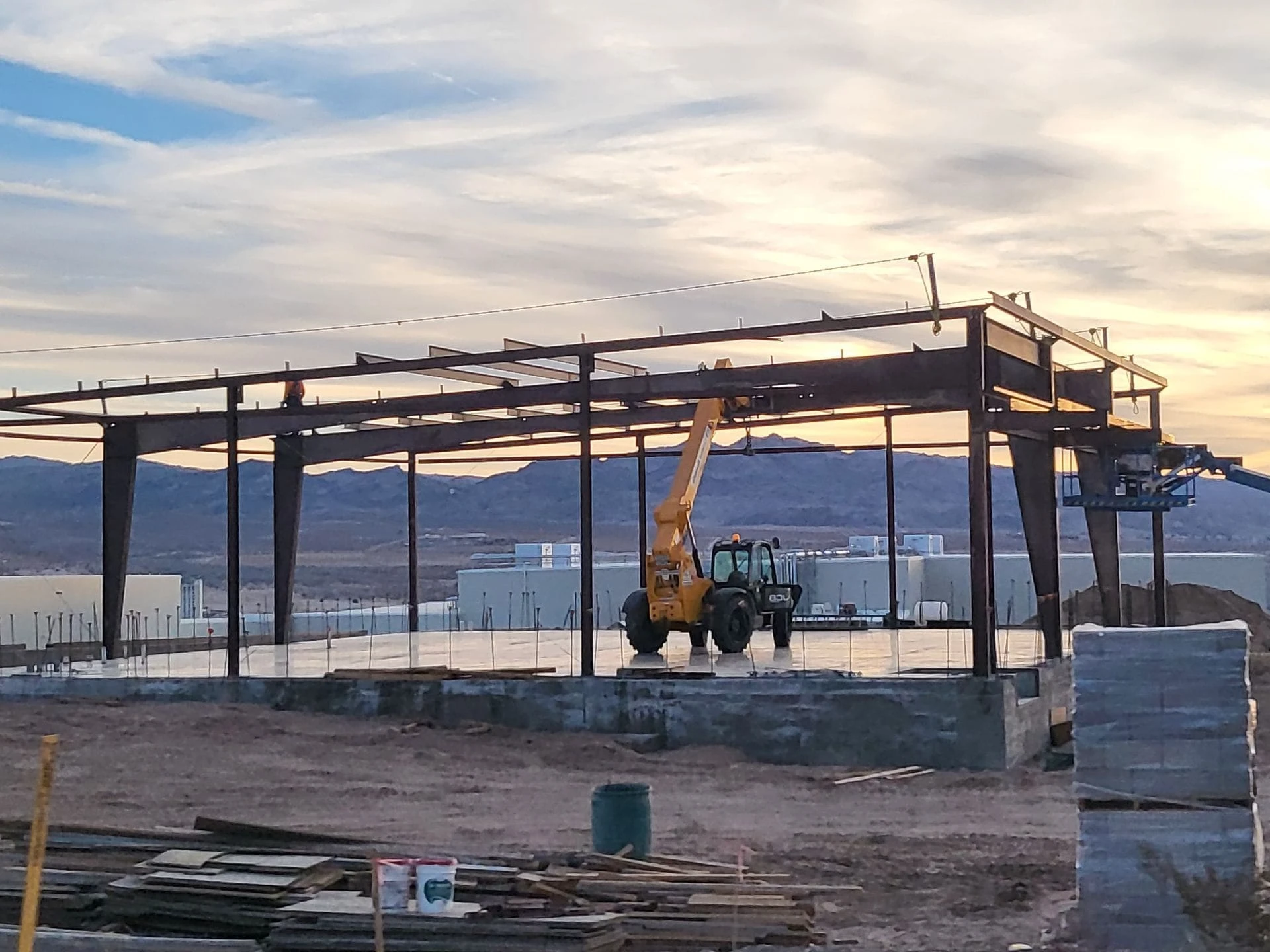- Afrikaans
- Albanian
- Amharic
- Arabic
- Armenian
- Azerbaijani
- Basque
- Belarusian
- Bengali
- Bosnian
- Bulgarian
- Catalan
- Cebuano
- Corsican
- Croatian
- Czech
- Danish
- Dutch
- English
- Esperanto
- Estonian
- Finnish
- French
- Frisian
- Galician
- Georgian
- German
- Greek
- Gujarati
- Haitian Creole
- hausa
- hawaiian
- Hebrew
- Hindi
- Miao
- Hungarian
- Icelandic
- igbo
- Indonesian
- irish
- Italian
- Japanese
- Javanese
- Kannada
- kazakh
- Khmer
- Rwandese
- Korean
- Kurdish
- Kyrgyz
- Lao
- Latin
- Latvian
- Lithuanian
- Luxembourgish
- Macedonian
- Malgashi
- Malay
- Malayalam
- Maltese
- Maori
- Marathi
- Mongolian
- Myanmar
- Nepali
- Norwegian
- Norwegian
- Occitan
- Pashto
- Persian
- Polish
- Portuguese
- Punjabi
- Romanian
- Russian
- Samoan
- Scottish Gaelic
- Serbian
- Sesotho
- Shona
- Sindhi
- Sinhala
- Slovak
- Slovenian
- Somali
- Spanish
- Sundanese
- Swahili
- Swedish
- Tagalog
- Tajik
- Tamil
- Tatar
- Telugu
- Thai
- Turkish
- Turkmen
- Ukrainian
- Urdu
- Uighur
- Uzbek
- Vietnamese
- Welsh
- Bantu
- Yiddish
- Yoruba
- Zulu
Sep . 07, 2024 10:21 Back to list
Understanding the Cost of Pre-Engineered Steel Buildings
Pre-engineered steel buildings have gained immense popularity in recent years due to their efficiency, durability, and versatility. These structures offer a range of applications, from industrial warehouses to commercial retail spaces and even residential homes. However, one of the most critical factors that potential buyers and builders consider is the cost associated with these buildings. In this article, we will explore the various components that contribute to the overall cost of pre-engineered steel buildings.
The initial cost of a pre-engineered steel building can vary significantly based on several factors. The size and design of the building play a crucial role; larger structures typically require more material and labor, thus increasing overall expenses. Additionally, custom designs or unique specifications can further impact the pricing. Standard pre-engineered designs tend to be more cost-effective due to the savings gained through mass production and simplified assembly processes.
Material quality also influences costs. While using high-quality steel can raise initial expenses, it often results in long-term savings due to reduced maintenance and longevity of the structure. Buyers should consider the steel gauge, coating, and insulation types, all of which can affect both upfront costs and energy efficiency down the line.
pre engineered steel building cost

Another significant aspect of cost is the location and site preparation. Factors such as accessibility, soil conditions, and local labor rates can dramatically impact the overall expenditure. Proper site preparation is critical to ensure that the foundation is stable and can support the weight of the steel structure.
Additionally, labor costs can fluctuate based on geographic location. Areas with higher labor prices may see increased installation costs. However, the efficiency of pre-engineered buildings can lead to reduced labor time, which may offset some of these expenses.
Finally, it’s essential to factor in ongoing operational costs. Pre-engineered steel buildings are generally more energy-efficient than traditional structures, particularly when equipped with proper insulation. This efficiency can lead to significant savings in heating and cooling costs over time.
In summary, while the upfront cost of pre-engineered steel buildings can vary considerably based on size, design, material quality, location, and labor, they often represent a worthwhile investment. Their durability, energy efficiency, and quick assembly can provide significant value over their lifespan. When considering the overall costs of a pre-engineered steel building, it is crucial to engage with qualified professionals to ensure that all aspects are taken into account for an accurate budget assessment.
-
Navigating the World of Steel Building Services: Who to Choose?
NewsJun.23,2025
-
How Do Steel Frame and Prefab Building Factories Shape Modern Construction?
NewsJun.23,2025
-
How Do Steel and Metal Structures Shape Modern Industrial Spaces?
NewsJun.23,2025
-
How Do Prefab Buildings of Various Sizes Meet Modern Construction Needs?
NewsJun.23,2025
-
How Do Factory Buildings and Metal Structures Redefine Industrial Infrastructure?
NewsJun.23,2025
-
Exploring Key Aspects of Industrial Building Development: What You Need to Know?
NewsJun.23,2025
Products categories
Our Latest News
We have a professional design team and an excellent production and construction team.











